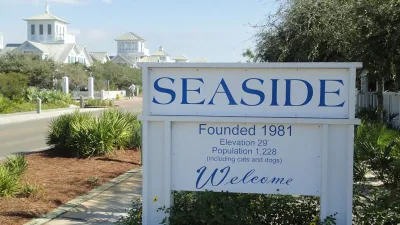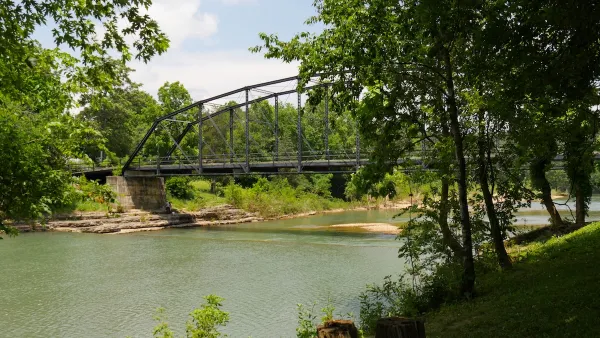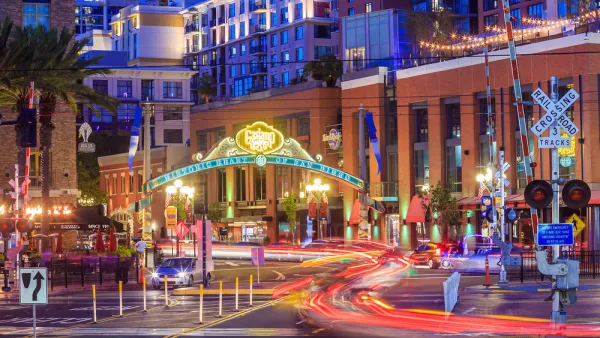Robert Steuteville discusses the slow, phased emergence of the New Urbanism. We are only partway through a change that will take generations. We are now immersed in the revitalization of cities. More phases will come.

The New Urbanism began mostly as a large-project, greenfield movement. Some new urbanists concentrated on infill in the 1980s and 1990s, but their efforts attracted less media attention and investment.
Intellectually, the movement aspired to revitalize entire regions—especially historic cities and towns, which were, after all, the inspiration for a return to walkable places. However, 30 years ago most cities were in deep trouble, so just about every large developer focused instead on the suburbs. New urbanists looked at the damage inflicted by sprawl and fervently sought to reform the system.
That is what I call the first phase of New Urbanism, in which traditional neighborhoods developments (TNDs), inspired by historic neighborhoods, were built as alternatives to conventional masterplanned communities. TNDs like Seaside, Kentlands, Orenco Station, New Town at St. Charles, Habersham, and Celebration represent this era well; they showed themselves to be laboratories of ideas. These were private-sector projects that created pockets of urban place by overcoming legal and institutional barriers to compact development.
That phase lasted right up to the housing crash in 2008. Developers proved that mixed-use neighborhoods, with main streets and centers, could be built and that the public would buy into them. Long-neglected building types were reintroduced into many American markets: Among them were shopfront houses, small apartment buildings, granny flats, courtyard housing, liner and flex buildings, various mixed-use buildings, and small-lot single houses with usable porches and rear garages...
[Read more at the link below]
FULL STORY: The four phases of New Urbanism

Analysis: Cybertruck Fatality Rate Far Exceeds That of Ford Pinto
The Tesla Cybertruck was recalled seven times last year.

National Parks Layoffs Will Cause Communities to Lose Billions
Thousands of essential park workers were laid off this week, just before the busy spring break season.

Retro-silient?: America’s First “Eco-burb,” The Woodlands Turns 50
A master-planned community north of Houston offers lessons on green infrastructure and resilient design, but falls short of its founder’s lofty affordability and walkability goals.

Test News Post 1
This is a summary

Analysis: Cybertruck Fatality Rate Far Exceeds That of Ford Pinto
The Tesla Cybertruck was recalled seven times last year.

Test News Headline 46
Test for the image on the front page.
Urban Design for Planners 1: Software Tools
This six-course series explores essential urban design concepts using open source software and equips planners with the tools they need to participate fully in the urban design process.
Planning for Universal Design
Learn the tools for implementing Universal Design in planning regulations.
EMC Planning Group, Inc.
Planetizen
Planetizen
Mpact (formerly Rail~Volution)
Great Falls Development Authority, Inc.
HUDs Office of Policy Development and Research
NYU Wagner Graduate School of Public Service




























